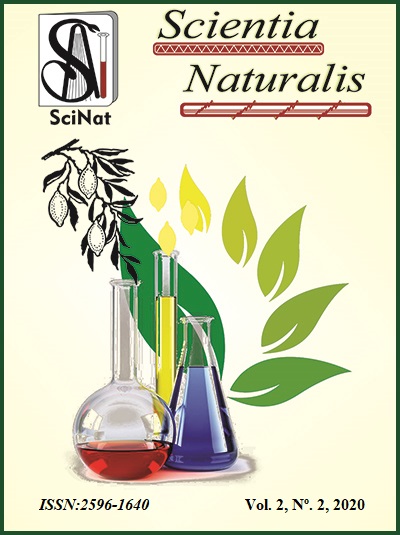Analysis of sodium concentration in fresh and processed coconut water marketed in Juazeiro do Norte, CE
Abstract
The coconut tree (Cocos nucifera L.) is a tree used in several parts of the world, mainly in the supply of water, for removal in the wild, or for processing and industrialization. Thus, the objective of this work was to evaluate the sodium levels in coconut water bottles processed and marketed in the city of Juazeiro do Norte, CE. For this, as the samples were purchased in local stores, in the industrialized version, from three different brands, registered under the brand A, B and C. Sales in nature were purchased at the open market, shown in products D and E. To quantify the sodium content used in the Mohr method, a capture titration that allows obtaining the percentage of sodium in the form of sodium chloride. The industrialized versions shown within the ranges shown on the labels, however, when compared with water in nature, are concentrated at the upper levels. The average sodium content of processed samples was 29.6 mg, while in natural samples it was 14.4 mg. An effective assessment of the content described on the packaging is necessary for those who suffer from conscience and consume monthly fees or how much they are ingesting.




